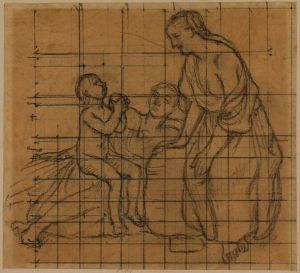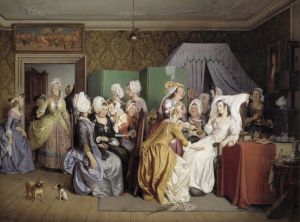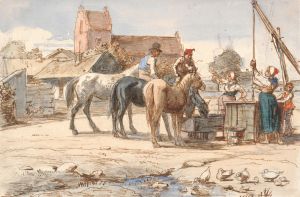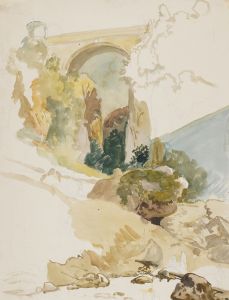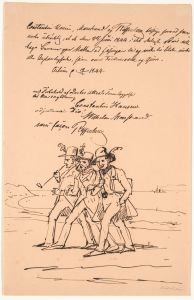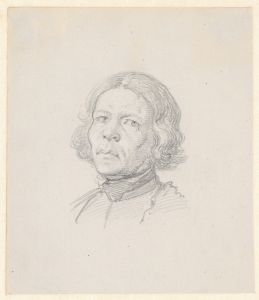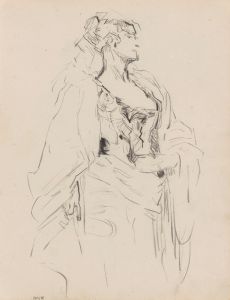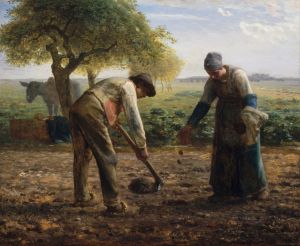
Slutningsscenen af Den pantsatte bondedreng
A hand-painted replica of Wilhelm Marstrand’s masterpiece Slutningsscenen af Den pantsatte bondedreng, meticulously crafted by professional artists to capture the true essence of the original. Each piece is created with museum-quality canvas and rare mineral pigments, carefully painted by experienced artists with delicate brushstrokes and rich, layered colors to perfectly recreate the texture of the original artwork. Unlike machine-printed reproductions, this hand-painted version brings the painting to life, infused with the artist’s emotions and skill in every stroke. Whether for personal collection or home decoration, it instantly elevates the artistic atmosphere of any space.
Wilhelm Marstrand's painting Slutningsscenen af Den pantsatte bondedreng (translated as The Final Scene of The Pawned Farmhand) is a work by the renowned Danish artist Wilhelm Marstrand (1810–1873). Marstrand was a central figure of the Danish Golden Age, a period of cultural and artistic flourishing in Denmark during the first half of the 19th century. Known for his narrative-driven paintings, Marstrand often depicted scenes from literature, daily life, and theater, combining technical skill with a keen sense of storytelling.
This particular painting, Slutningsscenen af Den pantsatte bondedreng, illustrates a climactic moment from the Danish play Den pantsatte bondedreng (translated as The Pawned Farmhand), written by Carsten Hauch in 1835. The play is a social drama that critiques the exploitation of rural workers and the moral dilemmas faced by individuals in a rigid class system. Marstrand's painting captures the emotional intensity of the play's final scene, where themes of justice, redemption, and human dignity come to the forefront.
The composition of the painting reflects Marstrand's mastery of character expression and group dynamics. Each figure in the scene is rendered with careful attention to detail, conveying a range of emotions that align with the dramatic tension of the narrative. The use of light and shadow enhances the theatrical quality of the work, drawing the viewer's eye to the central action while maintaining a sense of depth and realism.
Marstrand's ability to translate literary and theatrical moments into visual art was highly regarded during his lifetime. His works often served as a bridge between different art forms, making literature and drama accessible to a broader audience through his paintings. Slutningsscenen af Den pantsatte bondedreng is a testament to his skill in capturing the essence of a story and presenting it in a visually compelling manner.
The painting is an example of Marstrand's broader interest in social issues and his engagement with the cultural and intellectual currents of his time. While the exact date of the painting's creation is not specified, it aligns with Marstrand's active period as an artist and his interest in illustrating dramatic and literary works.
Today, Wilhelm Marstrand is celebrated as one of Denmark's most important artists of the 19th century. His works, including Slutningsscenen af Den pantsatte bondedreng, continue to be studied and appreciated for their artistic and cultural significance.





